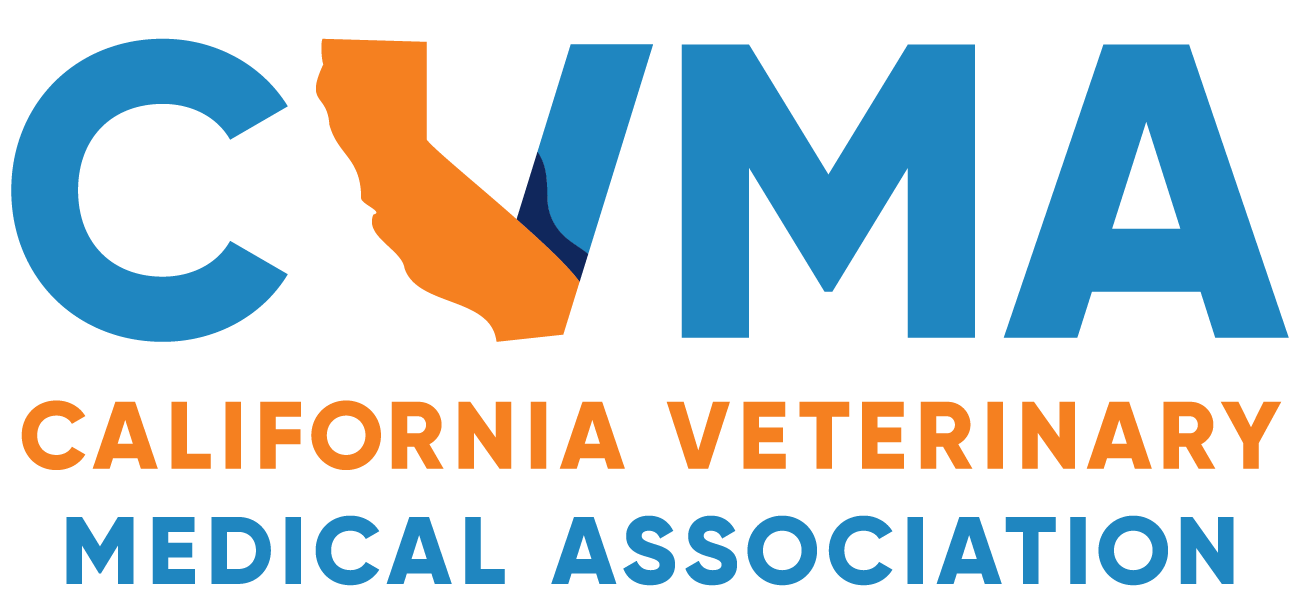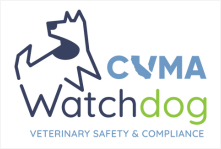Although being a veterinarian is the dream of many, the process of applying may seem daunting and cumbersome. Whether you just finished up your application, are planning on applying in the near future, or are just considering all your options, I have some thoughts and advice for you.
3 necessary characteristics of a great veterinarian.
What makes a great veterinarian? Is it the extraordinary ability to diagnose pancreatitis the first time? The gift of drawing blood on every poke? The capacity to perform fifty flawless spays and neuters before lunch? These could all factor into great veterinary skills, but don’t necessarily define a great veterinarian. Here are three general traits that I think all great veterinarians possess.
First off, a great veterinarian is not just an animal person, but also a people person. Don’t become a veterinarian just to help animals, become a veterinarian to help animal owners. As much as you think you’ll spend most of your day alone with an animal, you’ll actually spend most of your time talking to your clients in-person or over the phone, directing your technicians and staff, and all-around working with other people. This brings up my next characteristics – a great veterinarian is a great communicator. You’ll have to sharpen up your conversational, record-keeping, and management techniques if you’re aiming to become an efficient and effective veterinarian. Lastly, a great veterinarian is a team player. Practicing veterinary medicine is similar to a group project in school – tasks must be delegated to be completed in a timely and thoroughly matter. Working well with others will dictate how you’ll fare in the veterinary industry.
Grades aren’t everything, but they’re important.
Although GPA is an important factor in your application, keep in mind it is not the only factor. Hard work and dedication to the field is much more important than your GPA – you can prove this to admission boards through ample and broad experience, excellent letters of recommendation, and high GRE scores.
However, if you do need a GPA boost, I suggest taking easier classes that will factor into your Science GPA and last two-year GPA. I am a firm believer that anyone with a GPA of at least 3.0 can get into at least one veterinary school as long as the rest of your application is strong.
Don’t judge a school by its ranking – consider the school that is right for you.
There are different tiers of veterinary schools based on prestige, but there is more to each school than their ranking. You have to consider the location, cost of tuition, curriculum type, and what suits your personality the most. For example, UC Davis was the perfect choice for me due to the close proximity to my family, ability to receive in-state tuition, and classic lecture style that I learn the most efficiently from.
Work hard in school, work harder in the field.
The best way to evaluate if the profession is for you or not is to get a job at your local practice – My first job was at my local practice as a veterinary assistant right out of high school. Initially the job consisted of folding laundry and cleaning kennels, but after a few months I started to work my way up the ladder. After many hours and patience, I was performing blood draws, monitoring anesthesia, and interacting one-on-one with clients. Unlike other jobs I’ve held in the past, I was always excited to go to work. I knew that every shift I’d learn innumerable things and have multiple chances to hone my technical skills.
Another way to gain valuable experience hours is through volunteering. Not only will you booster your application, but you’ll be giving back to the community at the same time. Volunteering at shelter hospitals, animal-related summer camps, and for school-related programs will help earn veterinary and animal experience hours and let you work your way up to jobs with greater responsibility.
The more types of veterinary practice you’re exposed to, the better. By the time I applied to vet school I had experience in small animal general practice, equine emergency, zoo medicine, and more. Try to get positions in different parts of the veterinary world to broaden your horizons and make you seem like a better-rounded candidate.
The earlier you start working on your technical skills, the better.
More exposure to the industry earlier will help you. It’s never too early to start shadowing doctors, answering phone calls from clients, learning veterinary lingo, performing TPR’s and blood draws, or getting your hands dirty cleaning kennels. Find a basic position where you get hands-on veterinary exposure and work your way up from there.






